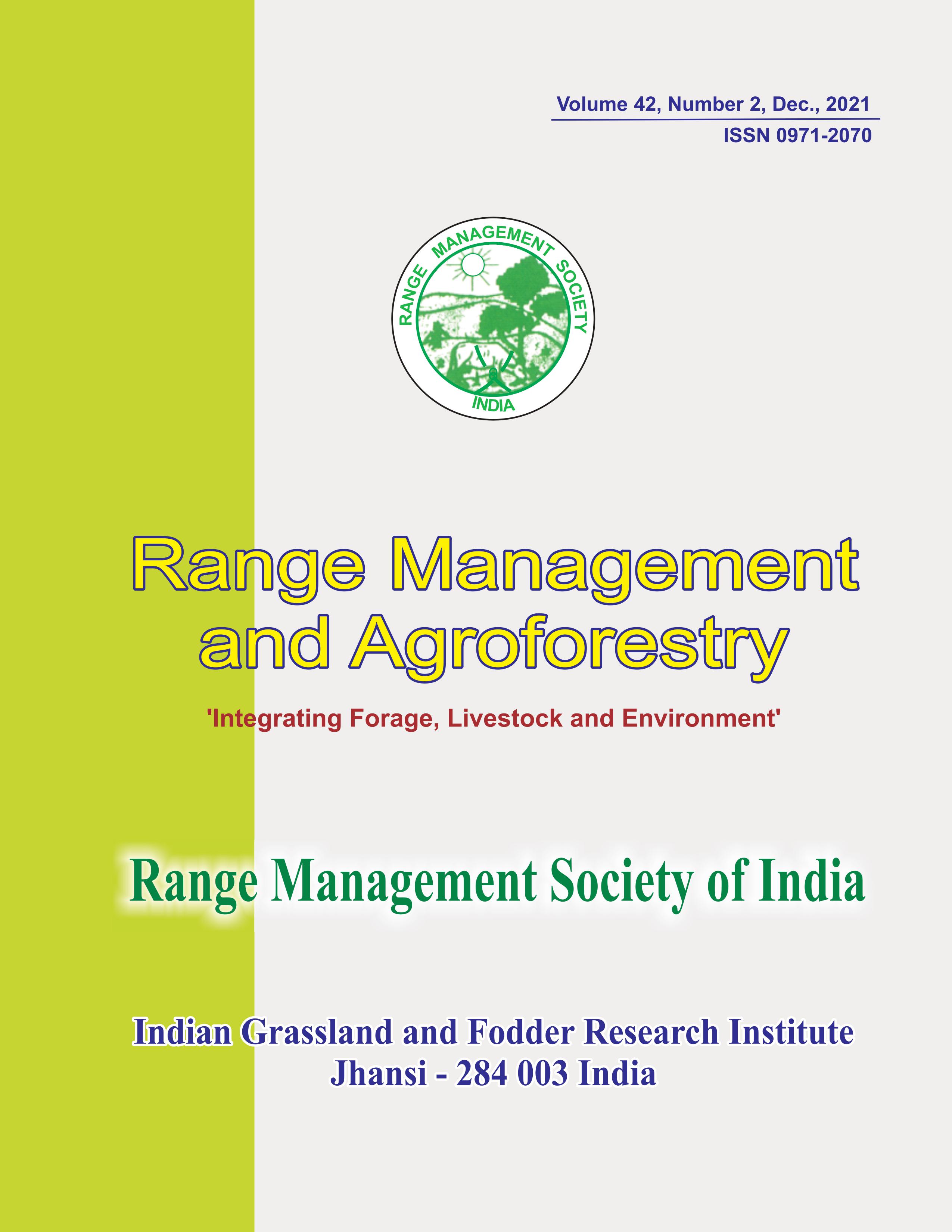Cadmium tolerance of Lolium multiflorum Lam. with different ploidy levels
Keywords:
Heavy metal tolerance, Polyploidization, Ryegrass, Screening populationsAbstract
The cadmium (Cd) tolerance of 41 populations of Lolium multiflorum Lam. from all over the world was evaluated during germination by treating the seeds with Cd. Under different concentrations of Cd (0, 50, 100, 250, 500, and 1000 pmolL¬1), the growth of L. multiflorum was significantly inhibited, especially root growth. The tetraploid populations showed significant (P<0.05) root and shoot tolerance to Cd concentrations than diploid populations. According to the relative values of root length, shoot length, germination rate, germination energy, germination index and vigour index, the effect of Cd treatment was studied. The Cd tolerance of different ploidy populations of L. multiflorum was systematically characterized. Among the diploid populations, PI 636508 and PI 577241 were the most tolerated and sensitive ones, while in the tetraploid population, Chuansi No.1 and PI 611145 were identified as the most tolerated and sensitive ones. The IC50 (the concentration when root length and shoot length were inhibited to half of the size of control) of root and shoot of `Chuansi No.1' (tetraploid) was the maximum (Root-I;0=241.57 pmolL-1, Shoot-1;0=976.74 pmolL-1), while the IC50 of root and shoot of PI 577241 (diploid) was the minimum (Root-IC50=15.99 pmolL-1, Shoot-IC50= 107.01 pmolL¬1). The results provided essential information for cultivating Lolium multiflorum as a bioenergy crop under Cd pollution environments.




